Corvette Summer
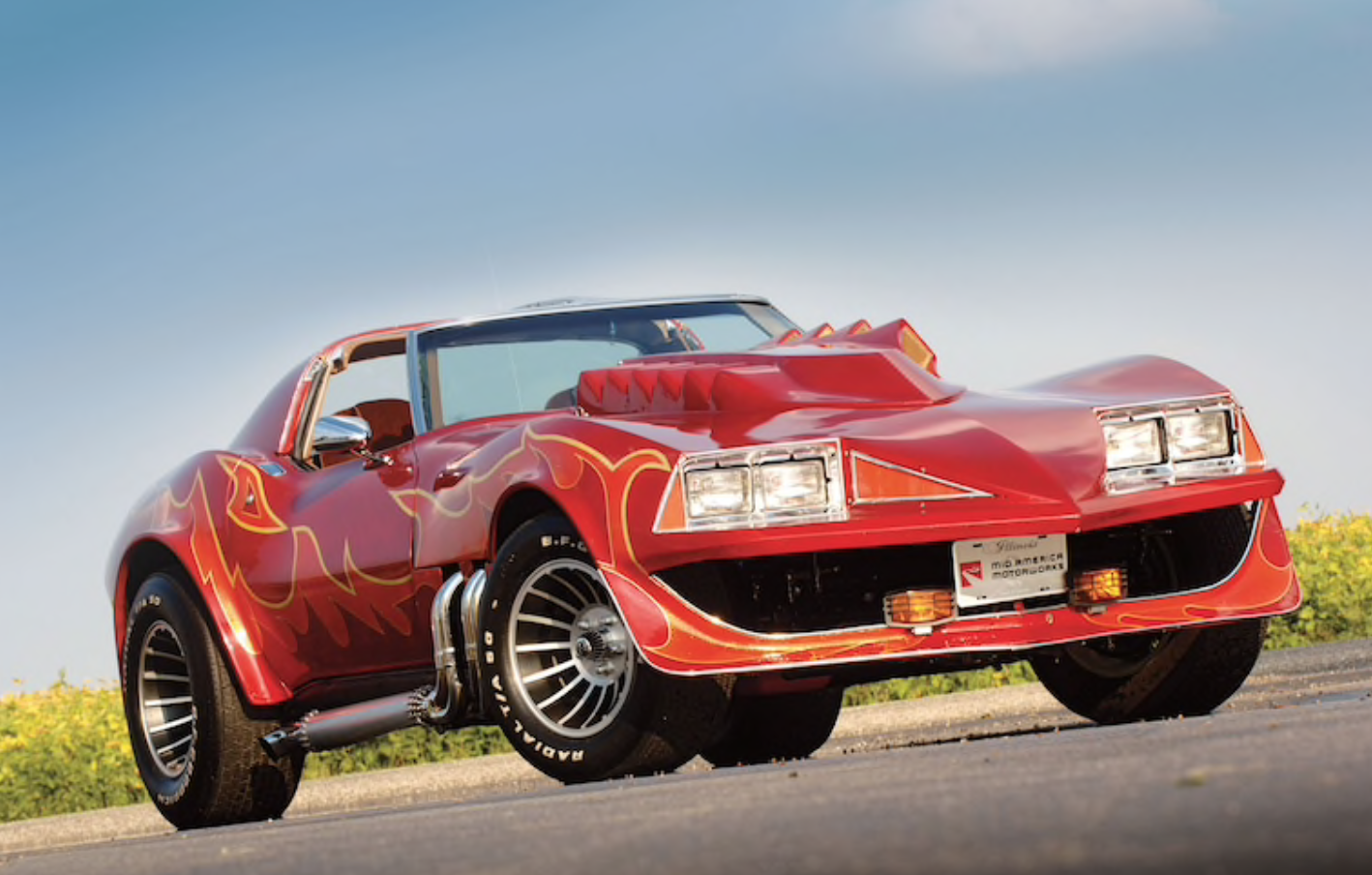
I've never really been a Corvette guy, but with (middle) age and the recent purchase of a time capsule 1988 C4 Coupe, I've gained a new appreciation for them.
One of my first Corvette memories was going to the 'World of Wheels' when in my early teens and seeing Farrah Faucett's custom Stingray. George Barris gave the car a Mink interior with all the custom electronics the late 1970's had to offer: rotary dial phone, CB and mini TV. Now I liked Farrah Faucett as much as the next hormonal teen guy, but even I thought the car was a little OTT.
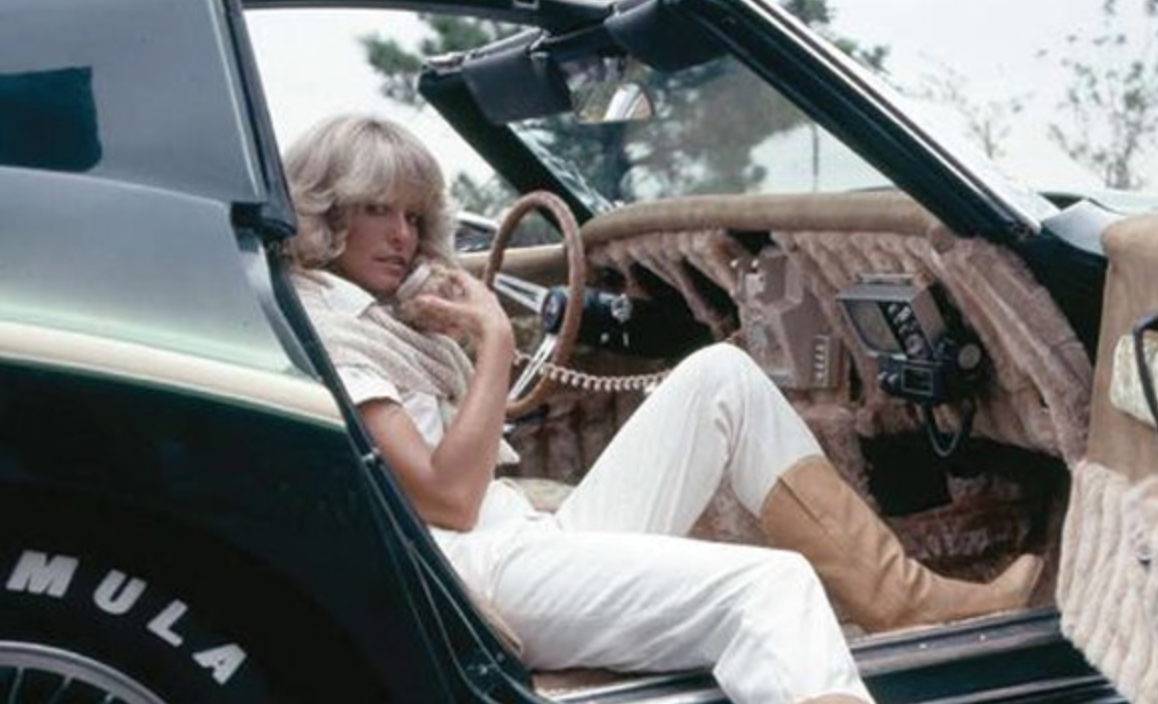
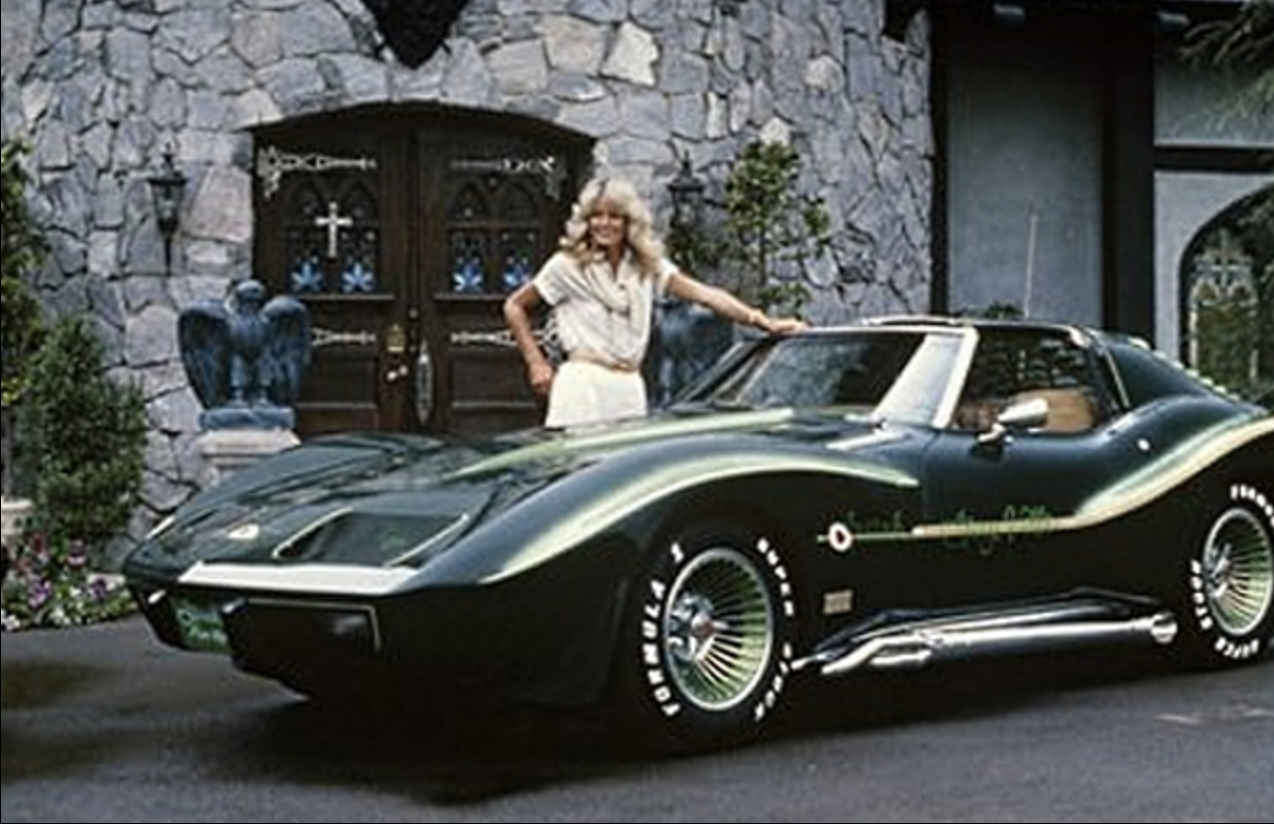
Mark Hamill was fresh from Star Wars, which was a much bigger deal than anybody could have imagined. He starred in the 1978 film 'Corvette Summer', which was a campy comedy about a Stingray he customized and tried to retrieve after it was stolen. I was too young for my parents let me see that movie, though I had the Hot Wheels version of the car.
And that's what I grew up thinking Corvettes were: basically life size Hot Wheels toys.
This was an image that GM wanted to shed in the early 1980's. They did have some formidable design and engineering talent, if only they could be freed from the committees and focus groups.
A 16-person design team was lead by Jerry Palmer, who worked closely with Chief Engineer Dave McLellan. Many of the team were racers. Gone were the wild 'coke bottle' mid-section, fake vents and spoilers of the C3. The Porsche 928 was their benchmark.
While the new car had an aggressive appearance that evoked some traditional Corvette character, the design expressed efficiency rather than excess. The interior took inspiration from avionics, and took advantage of the latest LCD technology. Unlike some previous attempts (Aston Martin), it actually worked.
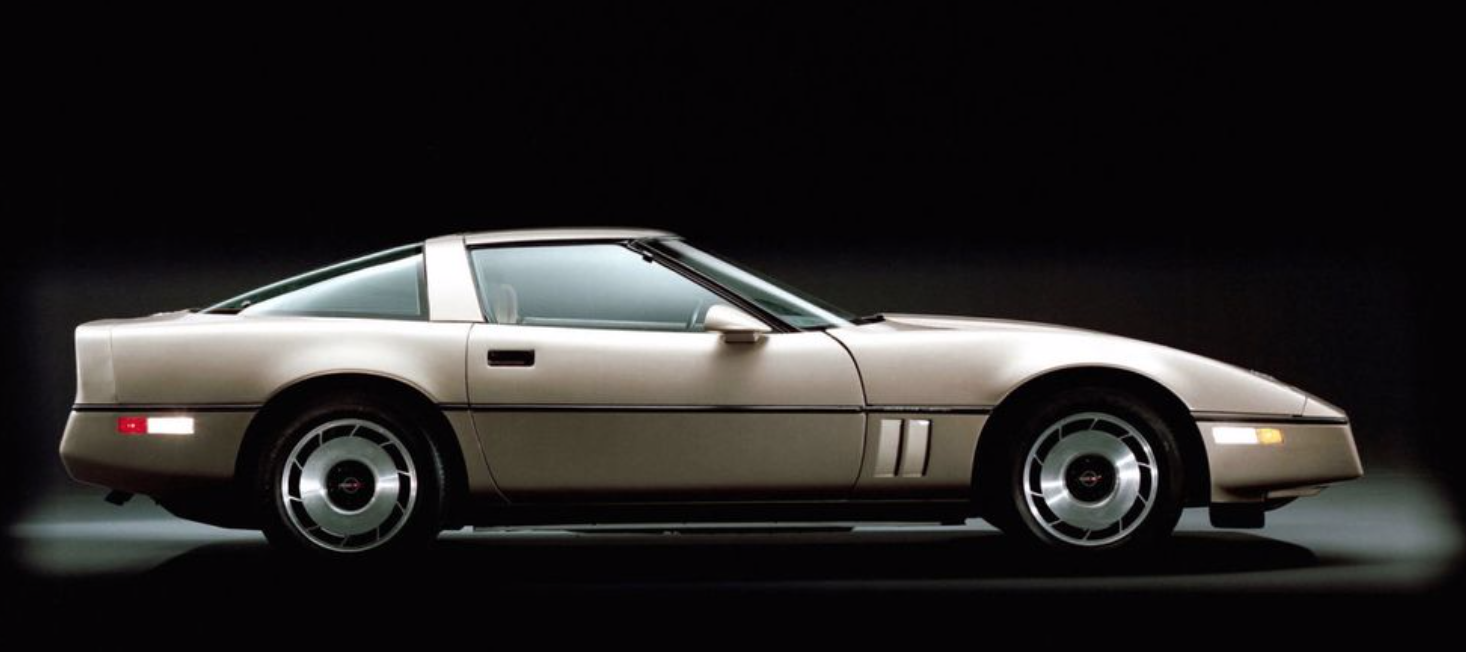
Johnathan Thompson, writing for Road & Track, summed up his design analysis as follows:
"It combines a great impression of direction and purpose with a subtlety not previously associated with the marque. Starting with bold concepts but using careful restraint in their execution, Jerry Palmer's team produced what I think is the best-looking automobile on the market today, exciting yet tasteful and elegant. With this car, the focus of high-performance automotive body design has shifted from Europe to America. The new Corvette is not radical in form, but its extremely advanced solutions have brought it to the front rank. It is a completely convincing combination of the very latest aerodynamic principles with real-world function, all most handsomely formed."
The C4 was widely praised by the media, but Corvette sales were never as high as with the C3 in the late 1970's. The C4 only sold about half the volume of the C3 - whose sales got stronger as the model got older. Cost was probably a contributing factor for the sales decline; the C4 came in at $USD25,000 which was a considerable sum in 1984, and a substantial price increase from the C3. At the time, top end European luxury sedans like the Volvo 760 and Audi 5000 were about $20,000 and most Japanese cars were under $10,000. The price increase doesn't explain everything though - I figure that there are lots of us who like our Hot Wheels and haven't grown up!
Corvettes were never cheap, but they were quite a bit less than the European sports cars. This 1988 Corvette had a list price in Canada of $46,000. This would have bought you a BMW M3, but a Jaguar XJS would have been $55,000, a Porsche 911 or 944 Turbo $65,000, a Mercedes 560sl $80,000 and a Ferrari 328 about $100,000.
Today, a 500hp mid-engine C8 Corvette starts at about $75,000, the Jaguar F-Type is around $100,000, a Porsche 911 around $150,000 and the 'entry' Ferrari about $300,000. The Corvette has stayed relatively affordable while the European cars have shot up quite dramatically in price. The new 'Luxury' tax, which the Corvette will avoid, will increase the gap.
As a classic car, the difference in values is even more pronounced. A 1988 Porsche 3.2 Carrera with 35,000km in the same condition as this Corvette would be worth at least $100,000 - probably 5X of what this C4 will get bid to on Bring a Trailer. I had a 1987 Porsche 944 Turbo with 25,000 miles and It would probably be worth $40,000 today. A similar condition Ferrari 328 would bring $125,000 or more.
As with my Jaguar XJS, the C4 offers tremendous value for the money, and the servicing is almost free by comparison. Looking at 34+ years of GM dealer service records for the Corvette, there isn't one invoice for over $800.00, and the vast majority are under $100! It has never required anything other than fluids, tires and batteries. In comparison, many Jaguars, Ferraris and Porsches have shop bills of over $10,000 every 10 years or so.
I think the C4 is the least valuable of all the Corvettes because it has the least amount of power. In the early 80's manufacturers struggled with emission controls and performance cars started with little more than 200hp at the beginning of the decade. 10 years of development and the introduction of digital engine management got power up to about 300hp by the end. Still, this 1988 C4 will do 0-100km/hr in about 6 seconds and go on to reach over 250km/hr which is fast enough for me. In that era, only the Porsche 911 Turbo was significantly faster.
Seen through the lens of design significance, I think the C4 is an important car. It set the design language for America's most influential sports car for the next 30 years. And yes, subsequent Corvettes gained more power, but I think they lost some of their design purity in the process. While not a caricature of itself like the C3, I find the latest 500hp C8 a bit over-styled for my taste.
I'm expecting this 1988 Corvette to sell for about $20,000. The service history shows 26 oil changes in 34,000km, which is an average interval of 1,300km between services. That works out to one oil change for every three tanks of gas. The car is spotless on the top and the bottom. Corvettes were good value when they were new, but used they are an absolute bargain.
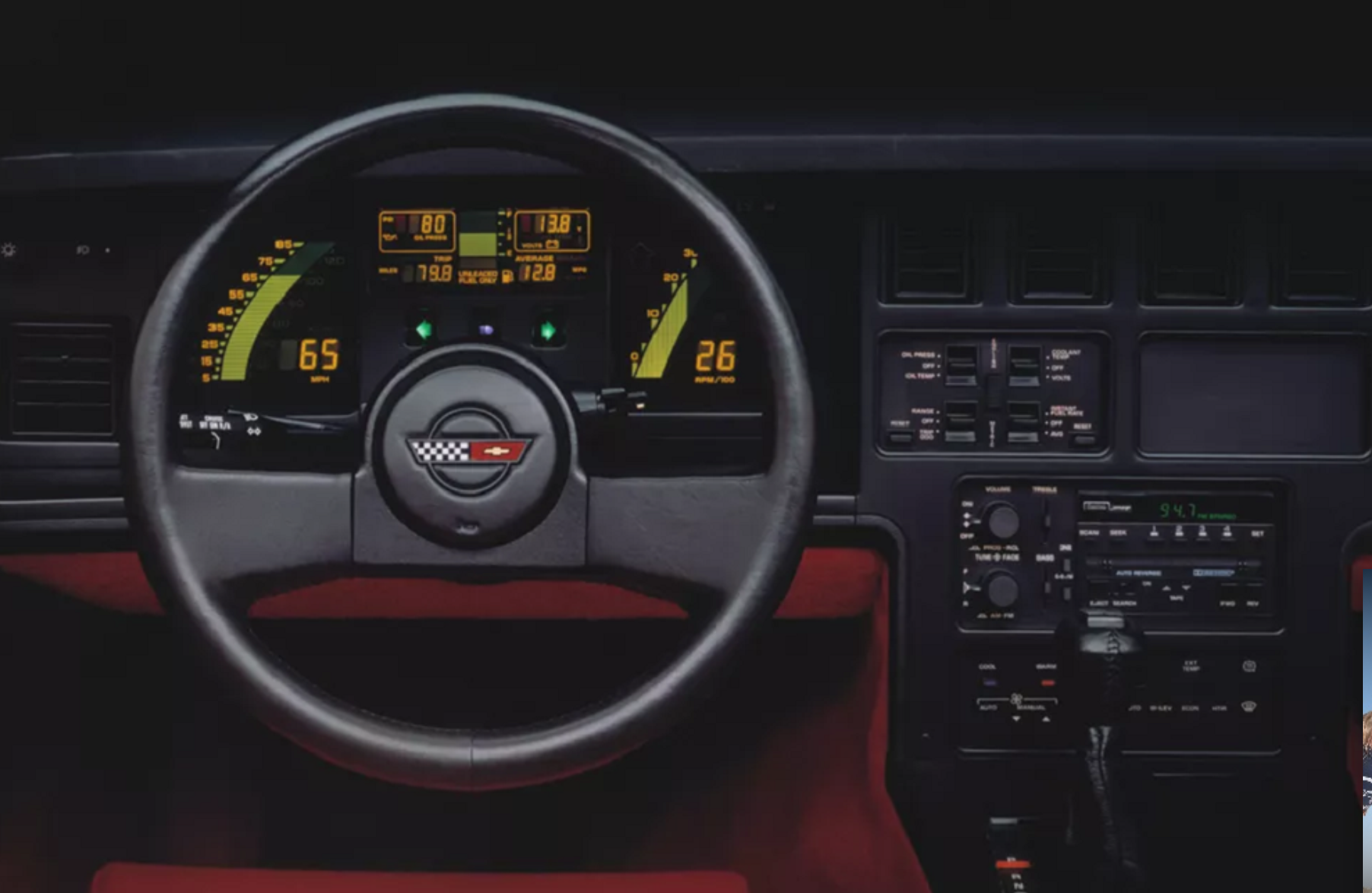

Lawrence Romanosky, Calgary, Canada
Lromanosky@me.com, 403-607-8625
Comments ()